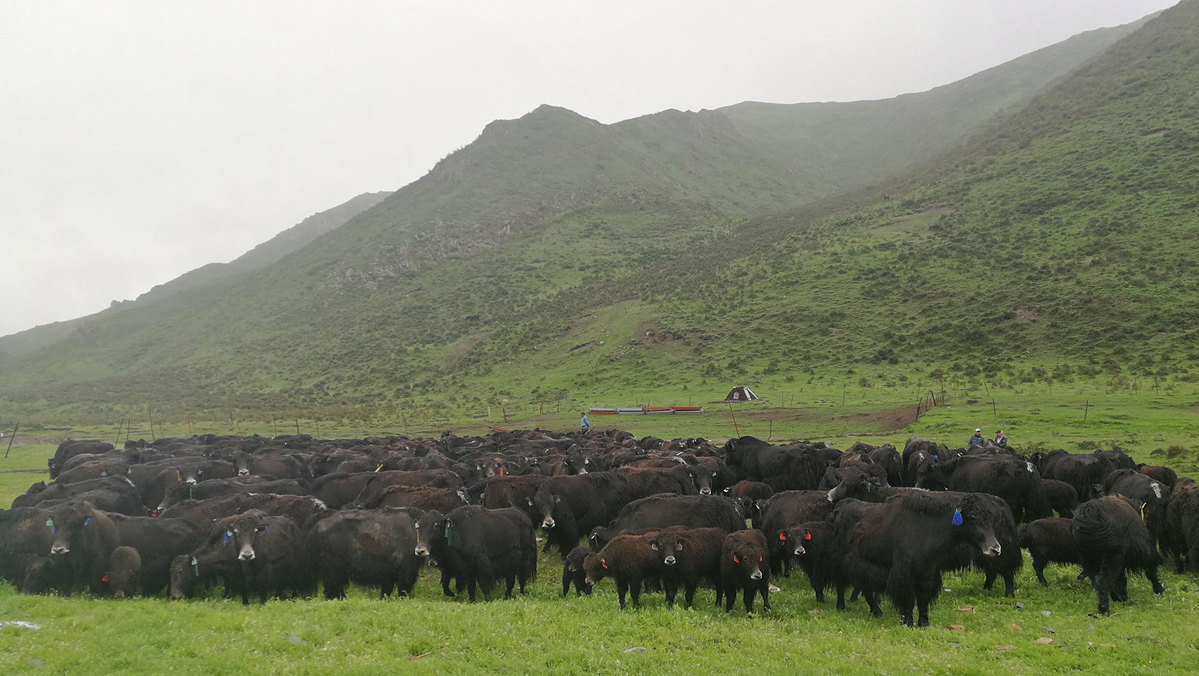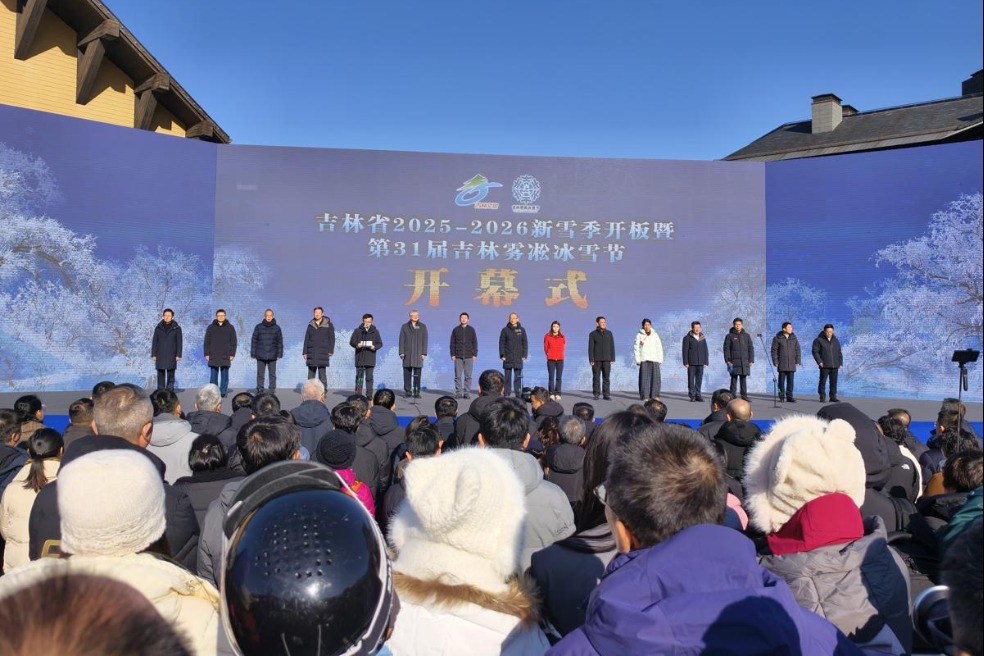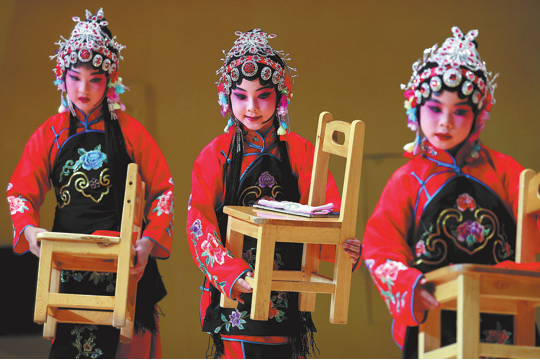New yak breed brings herders renewed hope


New hope
The Datong yaks have been introduced to many pastoral areas in Qinghai, Gansu, Tibet and the Xinjiang Uygur and Inner Mongolia autonomous regions, covering about 75 percent of all yak breeding areas in China. It also played an important role in improving husbandry on the plateau.
The Ashidan yaks will be introduced to more pastoral areas to provide another alternative for herders, increase their incomes and help alleviate poverty.
Long Chunhua, a herder of the Tu ethnic group in Qinghai, is raising more than 200 Ashidan yaks.
"My parents were herders. Most of the yaks they raised had long and hard horns. Those yaks were mainly raised free range, and were difficult to keep in stalls," Long said.
"But the Ashidan yaks are docile, grow faster and are easier to raise. Every year, they can bring us an income of 120,000 to 130,000 yuan ($17,440 to $18,900)."
At present, the number of Ashidan yaks cannot meet the demand. "We need to use molecular breeding and new reproduction technologies, extract potential functional genes of yaks, and improve propagation efficiency," Yan said.
The breeding of new varieties can prevent yak degeneration, improve production, promote scientific husbandry, and help herders shake off poverty, she added.
- World Television Day celebrated with conference in Shanxi
- University launches new AI department to align with national priorities
- Jilin kicks off 2025-26 snow season with grand opening event
- China hails 'hard-won' COP30 Global Mutirao decision
- China-SA science exhibition showcases innovation, cultural exchange
- China opens draft regulations on data protection to public consultation




































